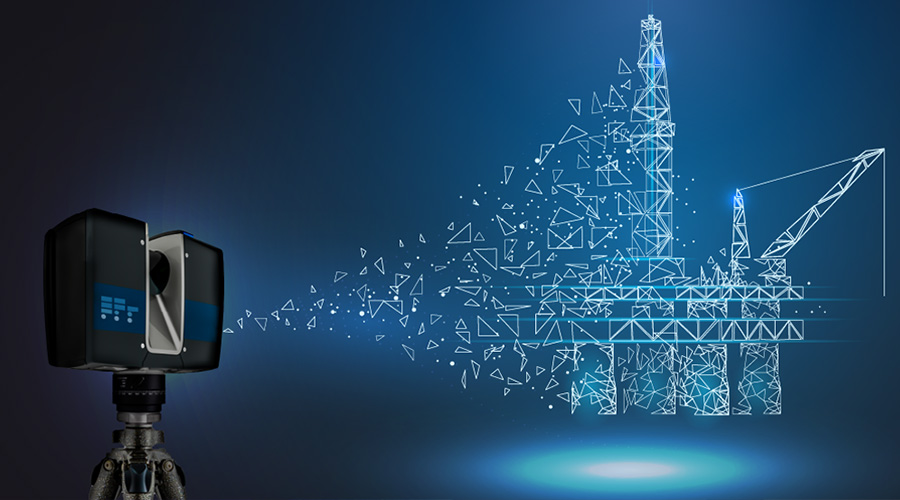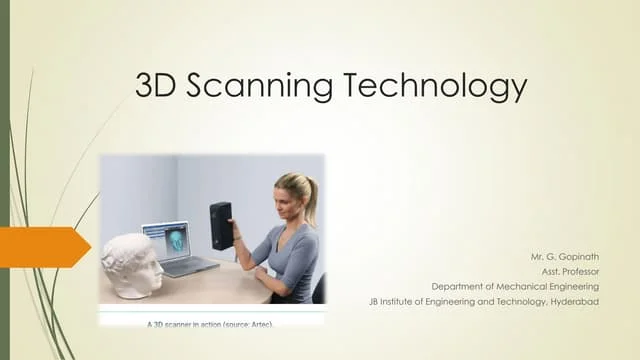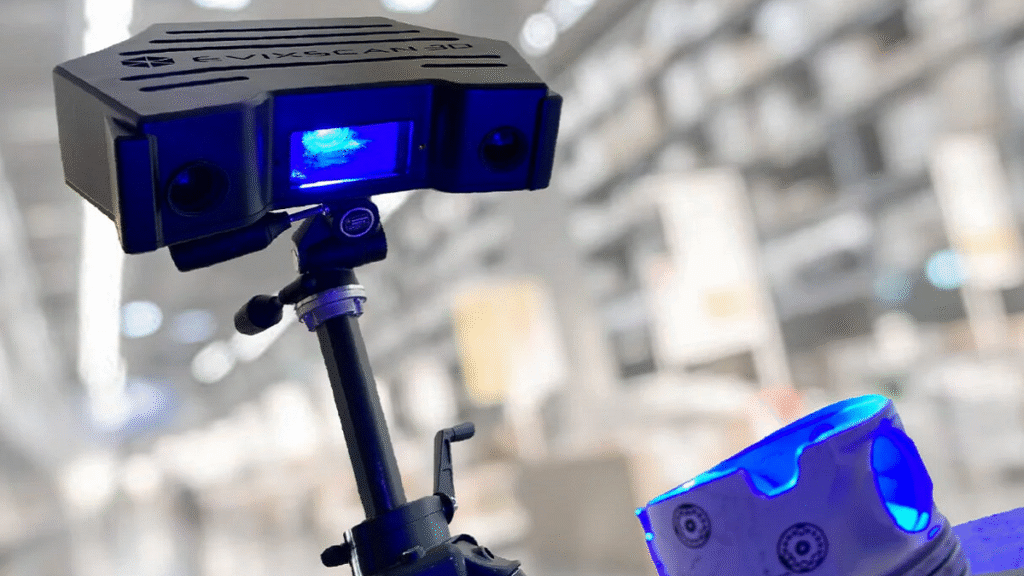Physical Address
304 North Cardinal St.
Dorchester Center, MA 02124
Physical Address
304 North Cardinal St.
Dorchester Center, MA 02124

Have you ever wondered how a real-world object can be transformed into a flawless digital model? The magic behind this process is 3D scanning technology. This innovative field is rapidly changing industries from manufacturing and healthcare to entertainment and historical preservation. It allows us to capture the precise shape and appearance of physical objects and bring them into the digital realm with incredible accuracy.
This guide will explore the fascinating world of 3D scanning. We will cover how it works, the different techniques available, and its wide-ranging applications. You’ll gain a clear understanding of this powerful technology and how it’s shaping the future of design, production, and data collection.
At its core, 3D scanning is a process that analyzes a real-world object to collect data on its shape and sometimes its appearance (like color and texture). The collected data is then used to construct a digital three-dimensional model. Think of it as a digital camera, but instead of capturing a flat, 2D image, it captures a complete 3D representation of an object’s geometry.
The process involves a scanner projecting light or a laser onto an object and using a sensor to capture the reflection. By calculating the distance and position of millions of points on the object’s surface, the scanner creates a “point cloud.” This dense collection of data points is then processed by specialized software to create a highly accurate digital twin of the original item. This advanced form of scanning provides a foundation for countless modern applications.

While there are various types of 3D scanning technology, they all follow a similar fundamental principle: capturing an object’s surface geometry. The main distinction lies in the method used to gather this data. The two primary categories of 3D scanners are contact and non-contact scanners.
As the name suggests, contact scanners work by physically touching the object’s surface with a probe. The scanner is attached to an articulated arm that can move around the object, recording the coordinates of each point it touches. This method is known for its exceptional accuracy, making it ideal for quality control and inspection where precise measurements are critical. However, it can be slow and may not be suitable for delicate or easily deformable objects.
Non-contact scanners are far more common and use light or radiation to measure an object without touching it. This makes them faster and more versatile. They can be further divided into two main types: active and passive scanners.
Active Scanners
Active scanners emit their own light or radiation, such as a laser or structured light pattern, onto the object. The scanner’s sensor then detects the reflection to measure the geometry.
Passive Scanners
Passive scanners do not emit their own radiation. Instead, they rely on detecting ambient light or radiation reflected from the object. The most common type is photogrammetry, which uses multiple photographs taken from different angles to reconstruct a 3D model. While it can be more affordable and accessible, its accuracy is often lower than active scanning techniques.

The field of 3D scanning is home to several specialized techniques, each with unique strengths. Understanding these methods helps in selecting the right tool for a specific task.
Laser scanning is a workhorse in the industry. Handheld laser scanners offer flexibility and speed, allowing operators to move around large objects like cars or industrial machinery. Tripod-mounted scanners, on the other hand, provide higher accuracy for stationary objects and are often used in architecture and civil engineering to capture detailed scans of buildings or terrain. The precision of laser-based dimension angle technology is crucial for reverse engineering and metrology.
This technique is favored for its speed and high resolution. By projecting a known light pattern, structured light scanners can capture dense data clouds quickly. They are particularly effective for scanning organic shapes, human faces, and objects with intricate details. Their rapid scanning capabilities make them ideal for applications in healthcare for creating custom prosthetics and in the entertainment industry for digital character creation.
Photogrammetry has gained immense popularity due to its accessibility. Using just a standard digital camera or even a smartphone, anyone can capture a series of images of an object from multiple viewpoints. Software then analyzes these images to identify common points and triangulate their positions in 3D space. While it may not match the precision of laser or structured light scanning, it is an excellent, low-cost method for creating 3D models for visualization, virtual reality, and cultural heritage documentation.
The impact of 3D scanning technology is felt across a vast array of sectors. Its ability to bridge the physical and digital worlds has unlocked new efficiencies and possibilities.
As technology continues to advance, companies specializing in these solutions become more prominent. Investors often track firms that innovate in this space, sometimes looking up metrics like the Firstobject Technologies share price to gauge market trends in related tech sectors. This interest highlights the growing economic importance of advanced digital scanning and modeling.
The evolution of 3D scanning technology is far from over. We can expect scanners to become faster, more accurate, and more affordable. The integration of artificial intelligence and machine learning will further automate the scanning and data processing workflow, making the technology even more accessible.
As hardware becomes smaller and more powerful, we will see 3D scanning capabilities integrated into more everyday devices, like smartphones and tablets. This will empower more people to capture the world around them in 3D, opening up new creative and practical applications we can only begin to imagine. From intricate scientific analysis to simple home projects, these advanced scanning techniques will continue to reshape our interaction with the physical world.